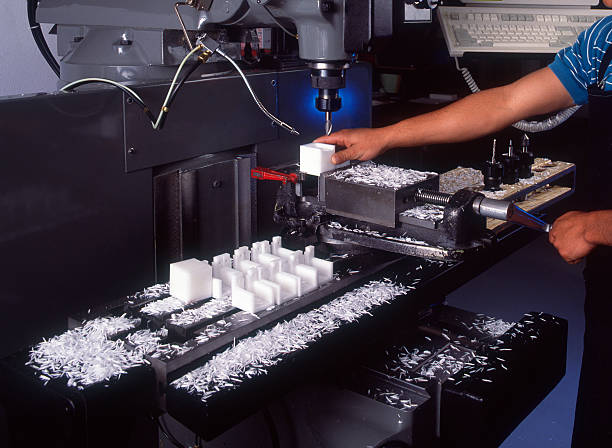
Introduction
Injection molding has been a cornerstone in the manufacturing industry for decades, providing a cost-effective and efficient way to produce complex plastic parts. As technology continues to advance, the landscape of injection molding is evolving, paving the way for a future marked by innovation and efficiency. In this article, we will explore the emerging technologies that are shaping the future of injection molding and delve into key insights driving the industry forward.
Industry Overview
The injection molding industry has witnessed significant growth, driven by the demand for lightweight and durable plastic components across various sectors such as automotive, medical, and consumer goods. Traditional injection molding processes involve injection molding plastic resin and injecting it into a mold to create the desired shape. However, the future of injection molding is being shaped by several transformative technologies.
Industry 4.0 Integration
One of the key drivers of change in injection molding is the integration of Industry 4.0 technologies. Smart manufacturing, IoT (Internet of Things), and data analytics are being seamlessly incorporated into injection molding processes, creating a more connected and intelligent production environment. This integration enables real-time monitoring of manufacturing parameters, predictive maintenance, and enhanced overall efficiency.
Additive Manufacturing and 3D Printing
The synergy between injection molding and additive manufacturing is unlocking new possibilities. 3D printing is being employed to create molds with intricate designs and complex geometries that were previously challenging or impossible to achieve using traditional methods. This integration not only reduces lead times but also allows for the production of prototypes and small batches more economically.
Advanced Materials
In the quest for improved performance and sustainability, the injection molding industry is witnessing a surge in the use of advanced materials. Bioplastics, reinforced polymers, and recycled materials are becoming increasingly popular choices. These materials not only offer enhanced properties but also align with the growing emphasis on environmental sustainability in manufacturing.
Micro Injection Molding
As electronic devices become smaller and more sophisticated, the demand for micro injection molding is on the rise. This specialized form of injection molding allows for the production of tiny, intricate components with high precision. Applications range from medical devices to microfluidic systems, demonstrating the versatility and potential of micro injection molding in various industries.
Liquid Silicone Rubber (LSR) Technology
Liquid Silicone Rubber (LSR) technology is gaining prominence in injection molding, particularly in industries requiring flexible and durable parts. LSR exhibits excellent heat resistance, biocompatibility, and chemical resistance, making it suitable for applications in automotive, medical, and consumer goods. The versatility of LSR is driving its adoption across diverse sectors.
In-Mold Labeling (IML) and In-Mold Decorating (IMD)
In-Mold Labeling (IML) and In-Mold Decorating (IMD) are enhancing the aesthetic appeal of injection-molded products. These technologies allow for the integration of labels and decorations directly into the molding process, eliminating the need for secondary operations. This not only saves time and resources but also enhances the overall visual appeal of the final product.
Automation and Robotics
The future of injection molding is becoming increasingly automated. Robotics and automation are being employed to streamline production processes, reduce labor costs, and enhance overall efficiency. Automated systems are capable of tasks such as part removal, quality inspection, and even complex assembly processes, contributing to a more seamless and productive manufacturing environment.
Challenges and Considerations
While the injection molding industry is on the cusp of exciting advancements, there are challenges that must be addressed. Issues such as material waste, energy consumption, and the environmental impact of manufacturing processes need careful consideration. Striking a balance between innovation and sustainability will be crucial for the long-term success of the injection molding industry.
Conclusion
The future of injection molding is shaped by a convergence of cutting-edge technologies and industry insights. From Industry 4.0 integration to the adoption of advanced materials and the rise of micro injection molding, the landscape is evolving rapidly. As the industry continues to push boundaries, the key to sustained success lies in embracing innovation while addressing environmental concerns. The injection molding sector is not just molding plastics; it is molding the future of manufacturing.
Top of Form
